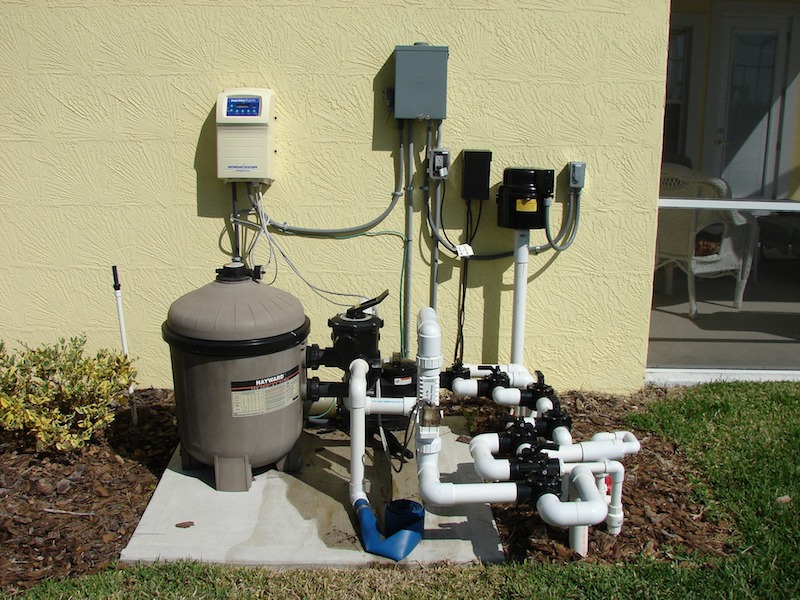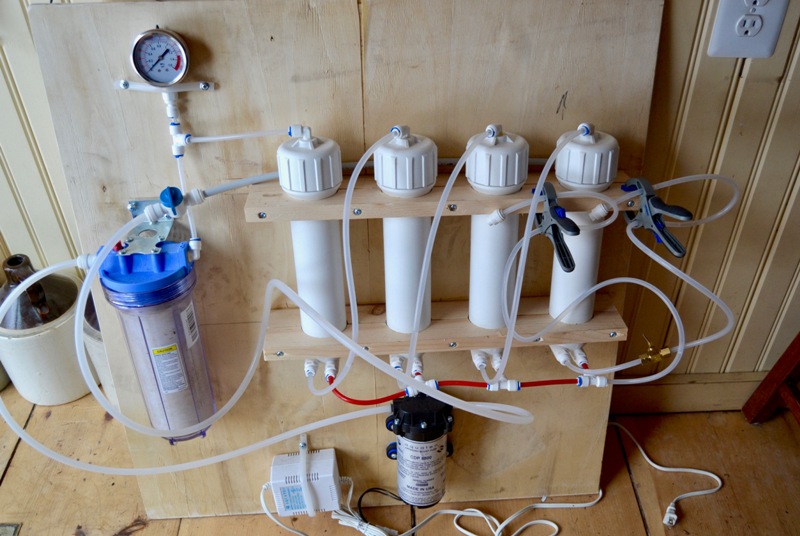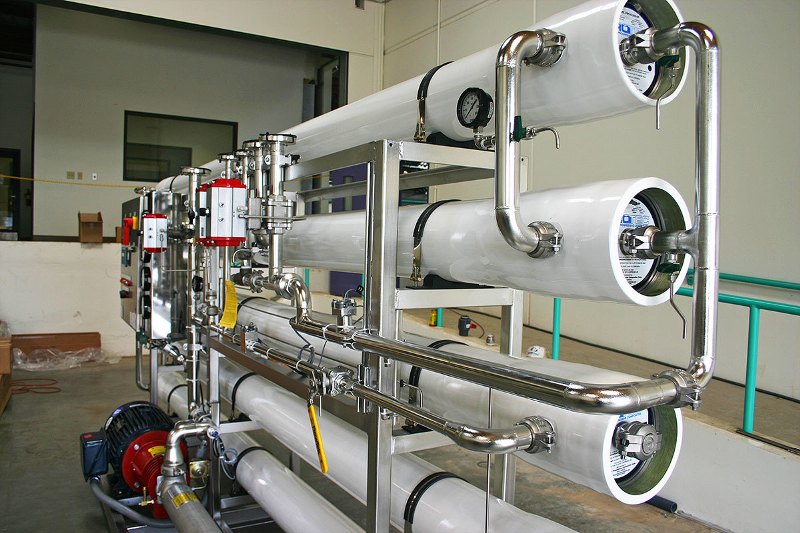It is a well-established fact that reverse osmosis is the most effective means of purifying water at home. While there are other filtration methods, reverse osmosis consistently shows to remove a greater amount of contaminants than anything else.
Any process that can be used to turn saltwater into freshwater must be very effective indeed, and reverse osmosis is regularly used for this purpose. One of the best reverse osmosis water systems in the market is provided by Aquatell, a Canadian company. However, not all reverse osmosis systems are created equal in terms of performance and construction. To help you choose the best one, let’s discuss the qualities that you should look for in an RO system.
1. High NSF Ratings
Any water filter no matter what type should be graded according to NSF International standards (NSF standards). NSF stands for “National Sanitation Foundation“. The independent organization has been around since 1944 and has a very solid reputation.
NSF International has created standardized testing to measure the effectiveness of reverse osmosis systems. The standard in question, standard 58, determines reduction rates for specific contaminants that can be found in a water supply.
When a reverse osmosis system was tested against NSF standard 58, it comes with a performance data sheet. You can use the sheet to compare a system’s performance against other units on the market and thus find out which is most effective at reducing the type or types of water contaminants present in your supply.
Fun fact: The only water purification method more effective than reverse osmosis is distillation. Unfortunately, distillation requires a much higher energy input. Thus, you shouldn’t try large-scale distillation in spite of its slightly higher filtration effectiveness.
2. Filtration Efficiency

Filtration efficiency is a very important factor when choosing the best reverse osmosis system.
What you need to know is that any RO water filter produces wastewater. That’s because RO water purification uses external pressure (and the laws of physics) to force contaminants from one side of a semipermeable membrane to the other. As a result, about half of every chamber-full will get expelled as waste – unless you apply a pump.
We find two types of pumps used in RO systems: Permeate pumps and booster pumps. Both can reduce the amount of wastewater produced by 80 percent or more. They also increase filtration speed and daily water production.
Speaking of, when looking at the packaging of an RO system, look for the GPD (gallons per day) rating. A GPD rating gives you a good idea about the limitations of a reverse osmosis system.
3. You Want Extra Filter Stages
The reverse osmosis membrane and the RO filter process is no doubt the most important element of any RO system. However, there are a few contaminants that reverse osmosis filtration just cannot remove. Chief among these is chlorine. Of course, most tap water contains small amounts of chlorine for disinfection. And it would be safe to add 5-6 drops of pure bleach to a gallon of drinking water, but anything greater than this amount might prove to be dangerous.
That’s where carbon pre-filters come into play. They should be featured by any reverse osmosis system. The same goes for sediment pre-filters which trap small particles that might otherwise clog the RO membrane. Higher priced units might come with extra bells and whistles that you might or might not need. Two examples are remineralization stages and UV light filters. A remineralization filter enriches your water with healthy minerals, minerals which have been removed in the filtration process. UV filters use ultraviolet light to inactivate any bacteria, viruses, protozoa, and cysts that your water might contain.
All in all, you should look out for a reverse osmosis system with 4-5 stages of filtration.
4. Think About Maintenance Requirements

Not all machines are designed with maintenance in mind. Anyone who has ever owned a foreign vehicle can vouch for this – and the irritation it causes.
Ideally, a solid reverse osmosis system should be fairly easy to disassemble, clean, and maintain. Changing filters will be the most frequent service task, of course. Still, it is also very important to keep the internals as clean as possible. Residues and by-products might accumulate in filter housings and tubes which can cause a device to fail if not addressed.
5. Think About Location
Definitely consider where you want to install your new reverse osmosis system.
There are models that are intended for under-the-sink installation. Others get mounted to the kitchen faucet or a bathroom tap. The most complete home solution is whole-house reverse osmosis filter systems that treat all the incoming water.
Whichever system type you choose, you will need to make sure that you have enough room for installation.
- Most under sink reverse osmosis systems use water storage tanks which aren’t exactly small; and the module itself isn’t either. How large is your kitchen sink cabinet?
- Systems that directly connect to a faucet or tap need a large enough countertop.
- Whole house reverse osmosis systems can include various stages of pre- and post-filtration, multiple RO membranes, and one or more pressure pumps – not to speak of the large water tank that needs to hold hundreds of gallons of water.
The Difference Between Good and Bad
Choosing the best reverse osmosis system for home use isn’t that hard really. The difference between good and bad comes down to a judgment of your individual needs and conditions:
- NSF standard 58 certification with high reduction rates for the contaminants present in your water supply
- Low wastewater production and higher GPD output
- Extra pre- and post-filter stages
- Low maintenance requirements and easy installation
- Location
Time for some shopping!






